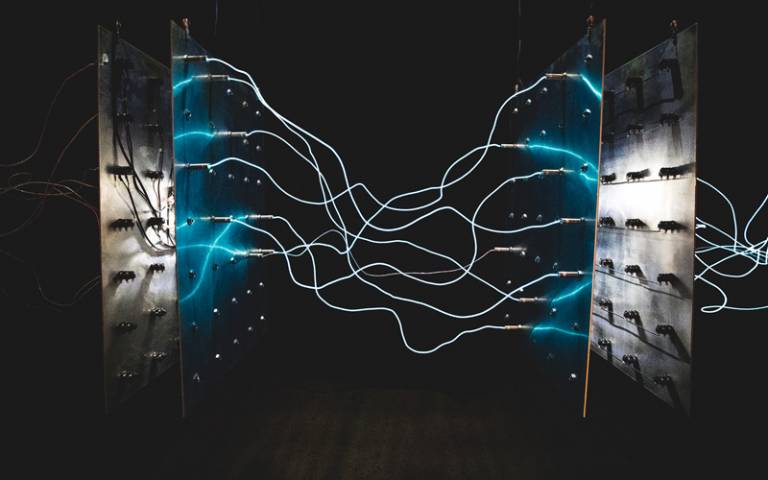Using connections between victims to take down networks of abusers
While criminologists study the causes of crime in the people who commit it, crime science researchers look into how the incidents occur, and how they can be prevented.

4 December 2018
This provides new approaches to dealing with difficult and devastating problems. An example: how crime scientists were able to provide tools to disrupt the networks grooming children.
“We regularly find girls who are from totally different areas of the city, different schools, who know each other well. After some investigation it usually transpires that they share the same ‘boyfriends’. This is a frightening development as it appears that these ‘boyfriends’ or perpetrators are no longer satisfied with abusing one young person at a time – they are working with groups of girls or boys on a much wider scale.” ‘Ella’, a service manager from Barnardos, in Barnardo’s Puppet on a String report (pdf).
Most paedophiles operate alone, but child trafficking – and trafficking covers all instances of moving a victim, no matter how short a distance – is an offence that connects offenders together. In some cases, an initial relationship with one offender could escalate into these young victims being passed to abusers across the country, and often harassed into exposing their friends to the same treatment.
Breaking up these criminal associations is a key plank of police efforts to stop these crimes. Using software already available to police, UCL Security and Crime Science (UCL SCS) researchers demonstrate a way for police officers to find weak spots in the offenders’ network and hit them hard. Hear their work in their own words in the video below.
Network graphs show how agents are connected and the strength of the connections between them, and have been used by investigators for many years to visualise links between subjects of investigation. Researchers Dr Eleanor Cockbain, Dr Helen Brayler and Professor Gloria Laycock from SCS extended this technique to connect not only offenders, but also victims.
They analysed these patterns to find which participants had the greatest number of links, how quickly news travelled around the network, and which people were ‘gate-keepers’ whose elimination would bring down the web. Using this information, police are able to determine the most effective targets and what sort of interventions would cut them off.
The work of Cockbain, Brayley and Laycock has been adopted by police forces working on this problem.
 Close
Close

